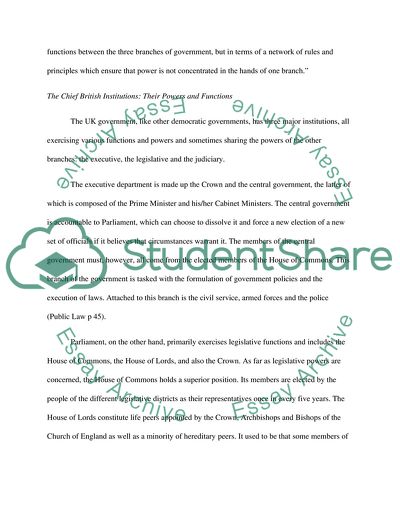Cite this document
(“Separation of Powers between the Three Branches of Government Essay”, n.d.)
Retrieved from https://studentshare.org/politics/1563080-you-pick-the-topic-from-the-question-belowalso-youcose-the-right-number-of-sources
Retrieved from https://studentshare.org/politics/1563080-you-pick-the-topic-from-the-question-belowalso-youcose-the-right-number-of-sources
(Separation of Powers Between the Three Branches of Government Essay)
https://studentshare.org/politics/1563080-you-pick-the-topic-from-the-question-belowalso-youcose-the-right-number-of-sources.
https://studentshare.org/politics/1563080-you-pick-the-topic-from-the-question-belowalso-youcose-the-right-number-of-sources.
“Separation of Powers Between the Three Branches of Government Essay”, n.d. https://studentshare.org/politics/1563080-you-pick-the-topic-from-the-question-belowalso-youcose-the-right-number-of-sources.


